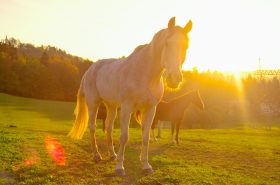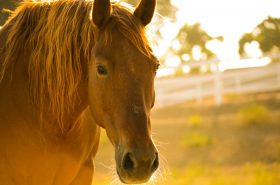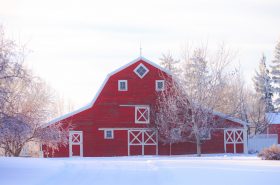The end of summer is fast approaching. I am with you; I don’t want to think about it either. This has been a good horse filled summer! But as much as I know August will soon be headed into September and daylight is beginning to become slightly shorter, we can get ahead of the game and get our barns in good shape before… dare I say it… the cold weather approaches.
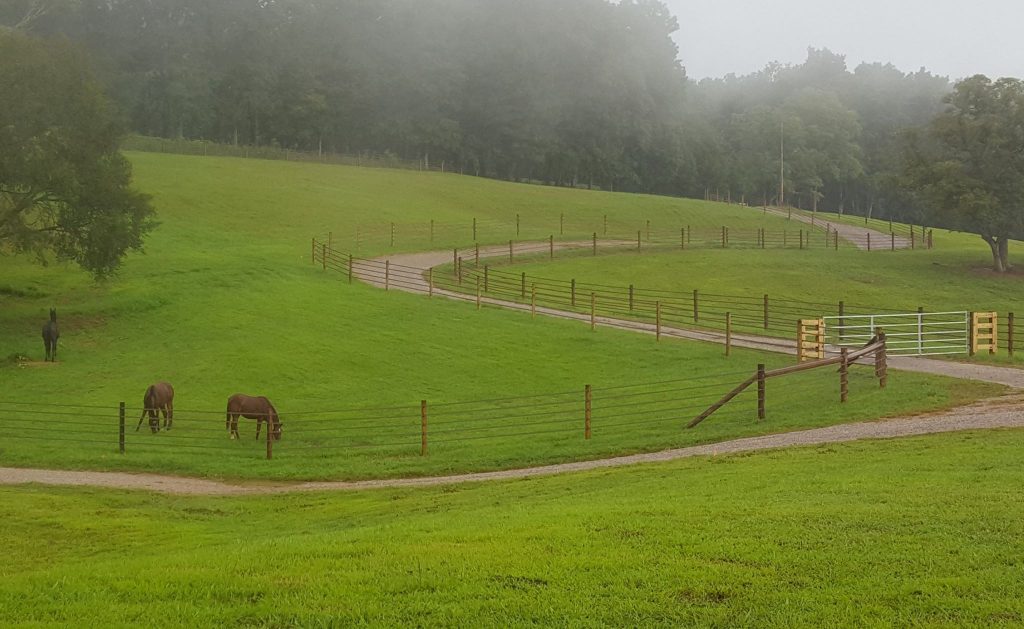
1. Fencing Components
Are your pastures short from your horses’ summer grazing? Overeaten pastures can lead to wear and tear on your fencing. And with summer being a busy time of the year, you may have missed seeing damage to your fencing from your horses. Take a walk or ride around your fence lines to check for any needed fence repairs. Right now is a good time to do a simple assessment of any hardware, replacement to rails or repairs that are needed. A good rule of thumb is to have some extra components and fencing materials on hand, just for repairs and times like this. Depending on your type of fence it is always good to have some extra rails or a leftover partial roll of fence. Storing is not usually an issue when you have a barn or shed and you will be glad to have your materials at your fingertips if ever needed. If you have electric fencing, it’s a good idea to have extra insulators as well as a few corner or end tensioners. Don’t forget your fence tester, too!
2. Tools
Have your tools on hand in a tote or toolbox so that small projects, like this, can get done quickly. Keep your fence tools together in one spot of your barn so they are easily accessible when needed. One tool that may be extremely helpful and versatile is the 10″ fence pliers. You can drive, pull and cut wire all with the one tool. Having some nails, staples, and screws on hand helps get the job done fast and efficiently.
3. Posts ,Gates and Latches
Check your line posts to see if you have any broken or cracked areas. If so, remove the post, you can use a chain and a front end loader if needed. Replace posts to the proper depth and tightly tamp the ground around it. Be sure to check your gates and make any adjustments needed so that they latch properly.
4. Closer to the Barn
If your horses have worn down walk paths to and from the barn, be sure to give these areas attention now. As the weather becomes cooler and watery, dirt paths turn into mud and can make turnout time miserable. Decide on the best way to fill in worn paths, consider screenings over dirt, which can be longer lasting. In some areas local tree trimmers give mulch away which can make a good top footing for your paths. If you are able to get pine chips, they can make pathways firm, yet offer a softer footing and help with damp ground. Avoid any nut bearing or fruit-bearing trees, which are toxic to horses.
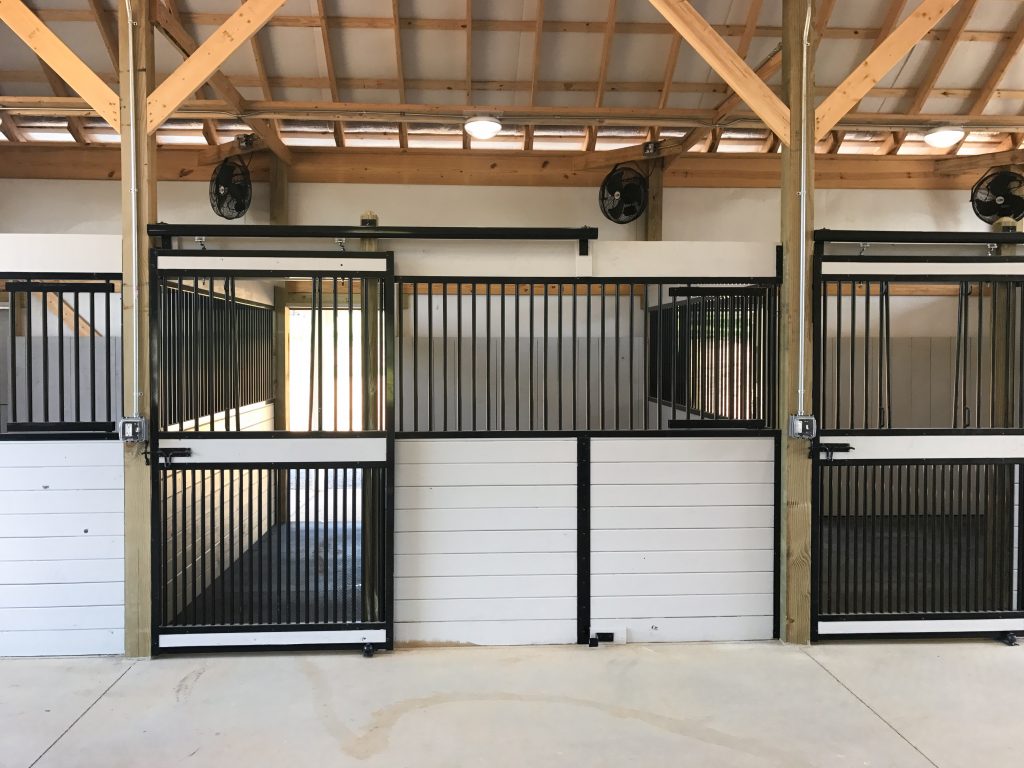
5. Stalls
In the barn, your stalls need to be ready for those inclement days ahead. Check all the walls in your stall. If you have any broken, warped or sagging boards, remove and replace them. If your stall needs a bit of a face-lift, you can purchase u-channeling that your wallboards can slide into. The channeling allows for easy repairs and also helps to hold tongue and groove boards in place. If your horses are cribbers, you can purchase wall capping and protect your stalls from further damage. Consider creating more ventilation with full grill doors, grilled partitions, windows and window grills.
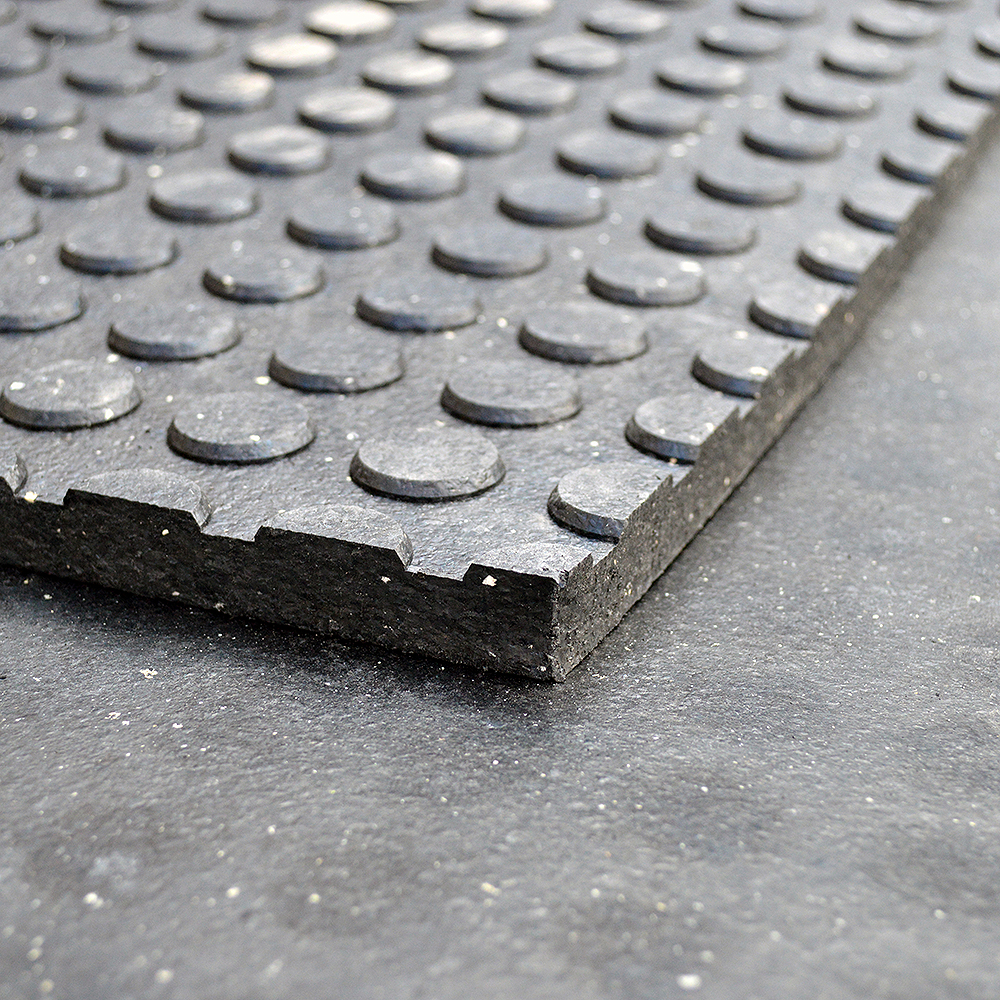
6. Stall Flooring
One of the best money and time-saving items in your barn are stall mats. They help to keep your floors even, make cleaning faster and help you save on bedding costs. Moreover they are more comfortable for your horse and help to insulate the floor when your horses lay down. There are several kinds to choose from, straight edge, interlocking, and therapeutic mattresses. Be sure to understand how to level your stall floor before installing. Once the stall mats are in place, you will see immediate results!
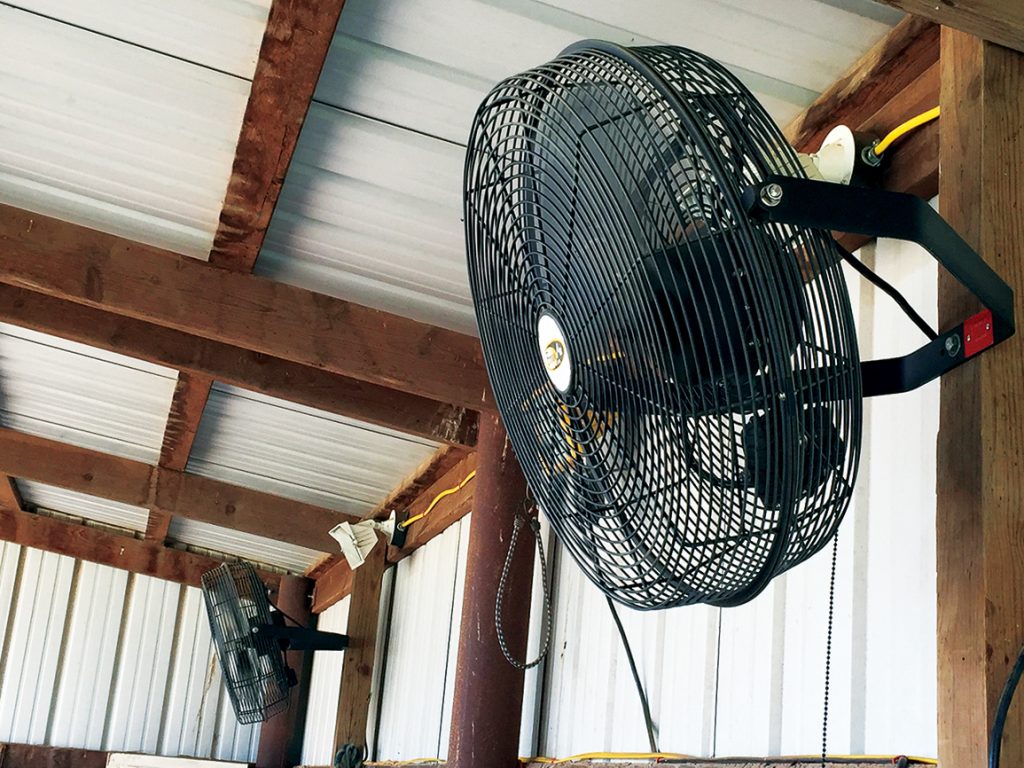
7. Enclosed Barns
Ventilation is extremely important to your horses’ health. If your barn is older, enclosed or airflow is restricted, consider installing ceiling fans. They will eliminate the hassle of box fans that can have short lives and are hard to clean. Multi-speed and reverse speed fans give you the ability to cool the barn, move airflow and even help in the winter to increase ventilation in enclosed barns. See our blog HERE on the importance of researching barn fans before purchasing them.
8. Keep Your Buckets Full and not Frozen
Before we know it, we may be seeing that thin layer of ice on our horses’ buckets. Be ahead of the cold this year and consider using a heated water bucket, an insulated water bucket or an insulated waterer. Buckets will need to have holders mounted on the wall to keep horses from playing with them. Ask which holder will work with your choice of bucket and you can have them mounted and ready now. Insulated stall and pasture waterers require installation and underground water supply. You have plenty of time to plan for these waterers before the ground freezes. And be sure to ask for any tips or installation instructions that will help you along the way!
From personal experience, I can tell you these small ideas can make a huge difference in getting fence and barn projects done early before the onset of colder weather. Make a list, get your tools and just get it done! You will be in good company; I’m starting mine this week!

